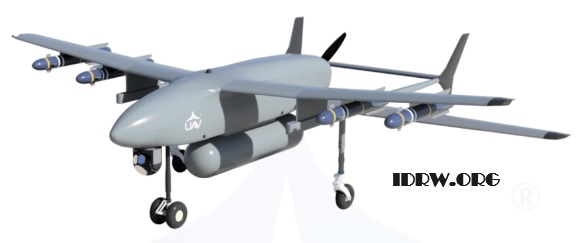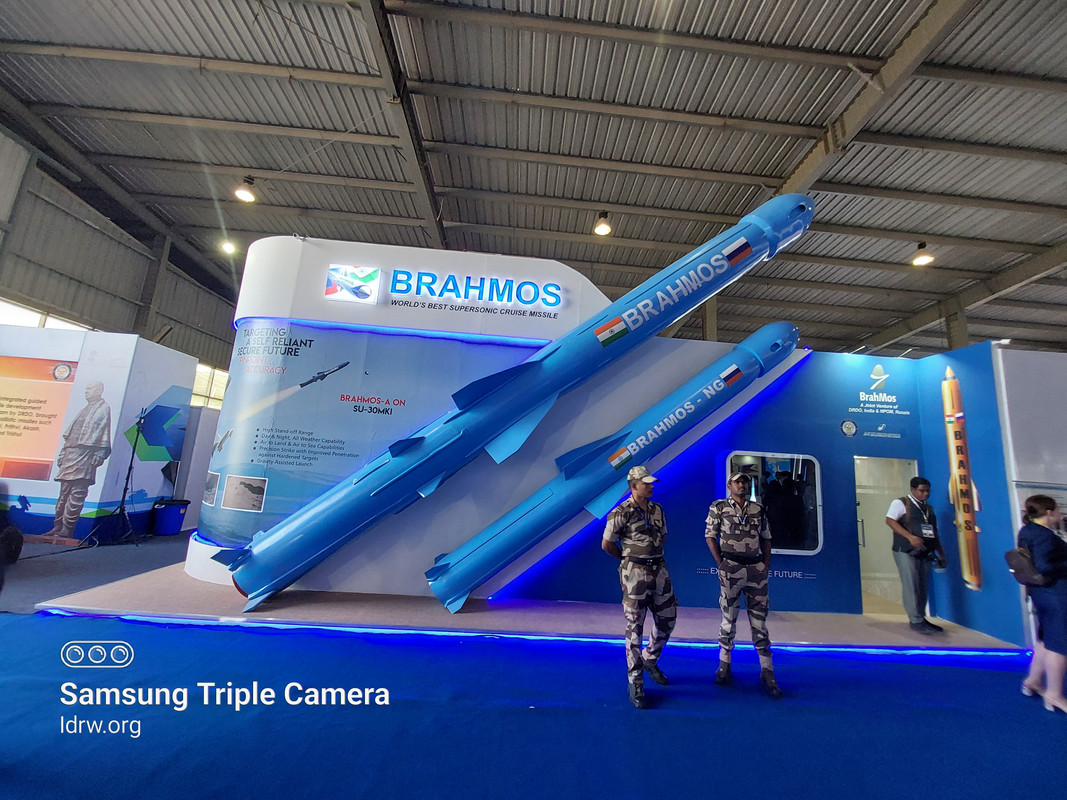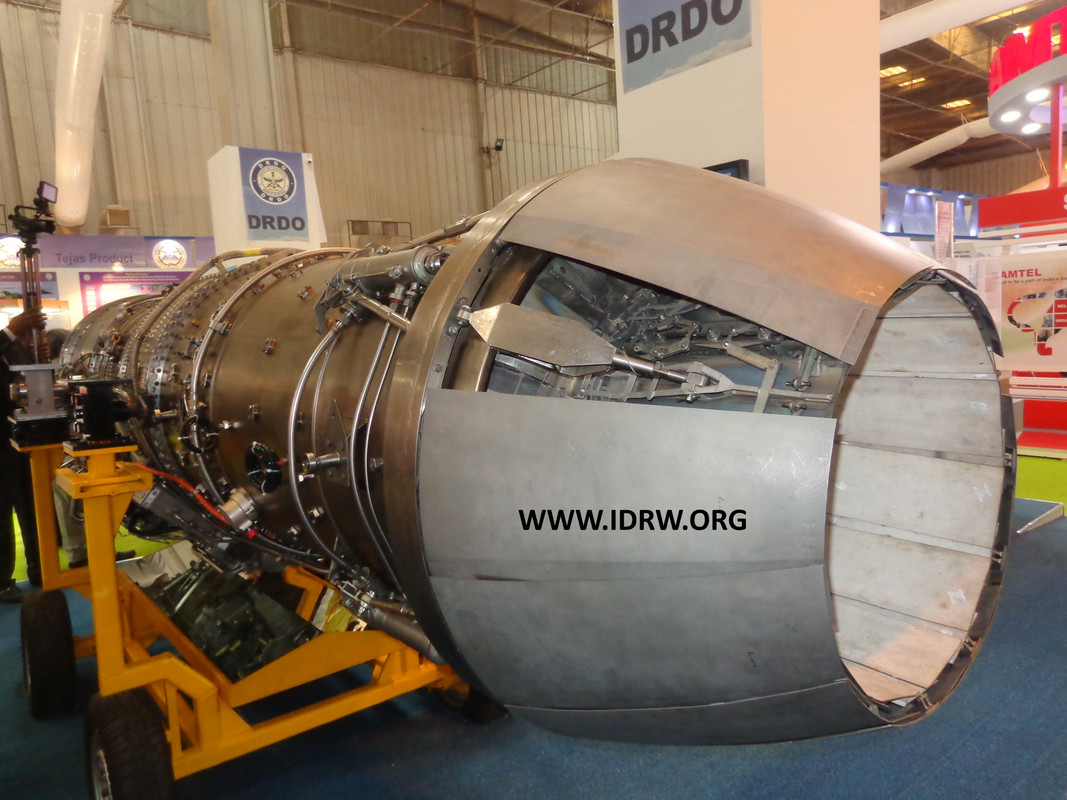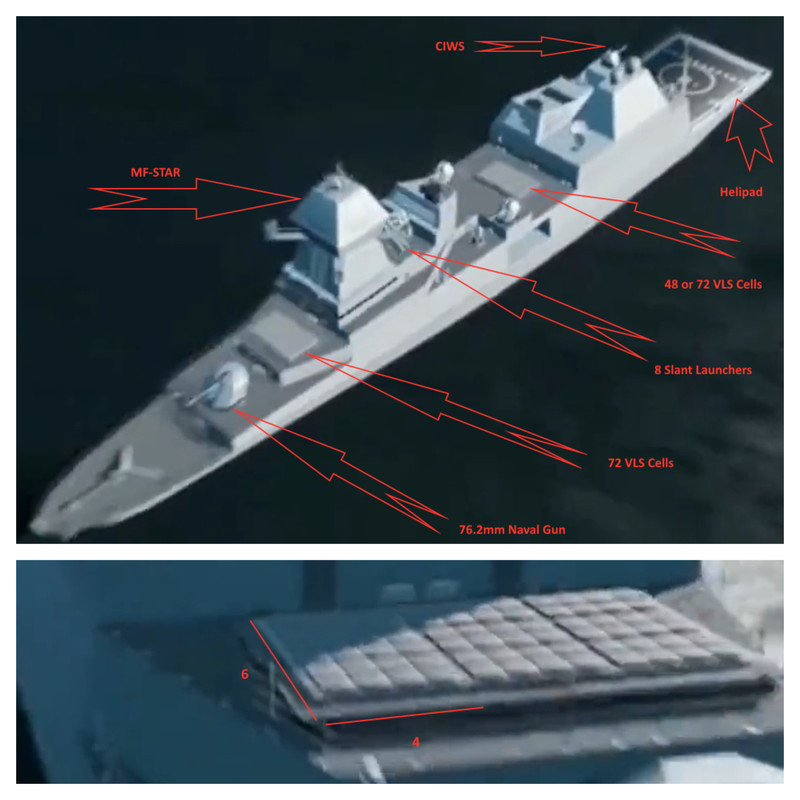SOURCE: IDRW.ORG TEAM

For India’s defense research and development, understanding the precise behavior of weaponry is crucial. Enter Tesscorn Systems India Private Limited, a Bangalore-based company whose advanced Photron High-Speed Cameras have become vital research tools in DRDO proof ranges.
These “speed demons,” as they’re called, capture the fleeting moments of weapon performance, from the crack of a firearm to the fiery flight of a missile. By tracking targets with pinpoint accuracy, they generate an intricate tapestry of data – projectile velocity, trajectory, aerodynamic characteristics – allowing researchers to meticulously assess the effectiveness of weapon systems.
Continue readingSOURCE: RAUNAK KUNDE / NEWS BEAT / IDRW.ORG

India’s quest for self-reliance in advanced aerial warfare takes a major step forward with the Defense Research and Development Organisation (DRDO) and French aerospace giant Safran engaged in crucial talks regarding the engine for the nation’s fifth-generation fighter jet, the Advanced Medium Combat Aircraft (AMCA).
Safran’s offer of 100% Transfer of Technology (ToT) marks a significant shift in India’s defense partnerships. This implies complete access to the engine’s blueprints and manufacturing know-how, fostering crucial domestic capabilities. Further sweetening the deal, India will actively participate in the engine’s core design and metallurgy, gaining invaluable experience in cutting-edge aeronautical engineering.
Continue readingSOURCE: RAUNAK KUNDE / NEWS BEAT / IDRW.ORG

GE Aerospace, a key partner in India’s Light Combat Aircraft (LCA) Tejas program, is gearing up for performance upgrades on the F404-IN20 engines powering the fighter jet. This move aims to enhance operational efficiency and potentially reduce lifecycle costs for the Indian Air Force.
While details remain under wraps, the planned advancements likely involve software upgrades and specific engine tweaks. While any increase in thrust levels can be ruled out. The focus, however, seems to be on optimizing existing functionalities and squeezing out greater efficiency from the F404-IN20.
Continue readingSOURCE: RAUNAK KUNDE / NEWS BEAT / IDRW.ORG

The Defence Research and Development Organisation (DRDO) is aiming to revolutionize aerial defence with a game-changing weapon: a lightweight, 100-kilowatt Directed-Energy Weapon (DEW). This powerful laser promises to provide a cost-effective and nearly limitless solution to neutralize low-flying drones, like those deployed by Russian forces in the Ukraine War.
Imagine a laser mounted on a nimble 8×8 truck, accompanying troops on the move. This is the vision for the 100-kW DEW, offering mobile protection against a growing threat: loitering ammunition and armed quadcopters. These small, agile drones can wreak havoc on unsuspecting forces, but a swift zap from the DEW could render them harmless before they get too close.
Continue readingSOURCE: IDRW.ORG TEAM

While the global jet market buzzes with the F-35A’s price dipping below $80 million, the Indian Air Force (IAF) remains unmoved. Even with this tempting offer, India maintains its plans for the much pricier Dassault Rafale and its unwavering focus on developing its own 5th-generation Advanced Medium Combat Aircraft (AMCA). This decision, seemingly defying cost logic, reflects the IAF’s strategic priorities and long-term vision.
At over $115 million per unit, the Rafale remains a premium choice. However, it has proven its combat prowess in Syria and Libya, earning the IAF’s trust. Concerns lie in its operating costs, estimated at $16,500 per flying hour, compared to the F-35’s $41,986. Though seemingly higher in acquisition, Rafale’s lower operating costs offer long-term economic viability.
Continue readingSOURCE: IDRW.ORG TEAM

Hyderabad-based UAV TECH PRIVATE LIMITED has recently introduced the M165 series, showcasing its prowess in unmanned aerial vehicle (UAV) technology. The M165 series encompasses a range of capabilities, from long-range military operations to versatile cargo and logistics solutions. In this article, we delve into the key features and specifications of the M165 series, with a focus on the ISTAR variant, as well as the VTOL and STOL variants designed for cargo and logistics applications.
The M165 ISTAR variant stands out as a specialized tactical UAV designed for long-range military operations. With a wingspan of 4.5 meters, a length of 3.4 meters, and a height of 1.1 meters, this UAV boasts impressive performance characteristics. It can take off in less than 50 meters of runway distance and reach an altitude of up to 16,000 feet in just 12 minutes.
Continue readingSOURCE: RAUNAK KUNDE / NEWS BEAT / IDRW.ORG

The recent successful test-firing of a BrahMos cruise missile from a frontline warship in the Bay of Bengal has sparked widespread speculation about a potential breakthrough in its range capabilities. While official confirmation remains elusive, several clues suggest this may be the first test of an extended-range BrahMos, marking a significant leap in India’s offensive firepower.
Traditionally limited to a range of 290 kilometers due to Missile Technology Control Regime (MTCR) regulations, the BrahMos missile received a range boost to 450 kilometers after India joined the MTCR in 2016. However, DRDO officials have consistently hinted at the potential for further range expansion through hardware upgrades, targeting a groundbreaking 800 kilometers.
Continue readingSOURCE: RAUNAK KUNDE / NEWS BEAT / IDRW.ORG

In a breakthrough for Indian defence capabilities, the Defence Materials and Stores Research and Development Establishment (DMSRDE) has successfully developed indigenous liquid fuel for the BrahMos supersonic cruise missile. This critical achievement marks a significant step towards self-reliance in advanced weaponry and reduces dependence on imports.
Previously, the BrahMos missile relied on liquid fuel sourced from Russia, raising concerns about vulnerabilities and potential supply chain disruptions. The DMSRDE’s indigenously developed fuel liberates India from this dependence, enhancing operational freedom and strategic autonomy.
Continue readingSOURCE: RAUNAK KUNDE / NEWS BEAT / IDRW.ORG

Azerbaijani media has sparked speculation with footage of tarpaulin-covered trucks moving from the Iranian village of Juffa towards Armenia on January 17, 2024. The claim? This convoy carries military cargo potentially originating from India, raising questions about the nature and purpose of the movement.
While Azerbaijani media alleges the cargo includes an Indian weapons system, it has been speculated from Indian Defence analysts that it could be TC-20 MGS howitzers manufactured by Indian defence company Bharat-Forge, this claim remains unverified. Several factors contribute to the uncertainty:
Continue readingSOURCE: IDRW.ORG

The Indian Air Force’s (IAF) ambitious plans for a fifth-generation fighter jet, the Advanced Medium Combat Aircraft (AMCA), received a crucial boost with Air Chief Marshal VR Choudhary’s recent statement. He declared that the ongoing Tejas MkII program will act as a “feeder technology” for the AMCA, emphasizing its vital role in laying the groundwork for this next-generation fighter.
While still under development, the Tejas MkII is already generating excitement for its potential to enhance the IAF’s capabilities. As reported by idrw.org, the program shares significant technological advancements with the AMCA, paving the way for a smooth transition to the more advanced platform.
Continue readingSOURCE: IDRW.ORG TEAM
Emmanuel Macron’s upcoming Republic Day visit to India promises to be a landmark event, not just for bilateral relations but also for the nation’s ambitious fighter jet program. Unconfirmed reports suggest that India will announce French aerospace giant Safran Aerospace as its engine partner for the crucial 6th-generation engine development for the Advanced Medium Combat Aircraft (AMCA) program.
This marks a significant step beyond the current Rafale partnership, with India aiming to achieve self-reliance in a critical domain. The collaboration with Safran, known for its cutting-edge engine technology, signifies a major leap forward in India’s quest for “Make in India” in the defense sector.
Continue readingSOURCE: IDRW.ORG TEAM

As anticipation builds for the upcoming visit of French President Emmanuel Macron to India as the chief guest for Republic Day 2024, former Indian ambassador to France, Mohan Kumar, has taken to the skies with a groundbreaking proposition. In a recent interview, Kumar suggests that India shouldn’t just limit itself to manufacturing Rafale fighter jets for domestic needs, but set its sights even higher – becoming a global supplier of high-tech defense equipment.
This ambitious vision, if realized, would mark a pivotal leap forward for India’s ‘Make in India’ initiative, transforming the nation from a defense importer to a formidable exporter. Kumar specifically identifies the promising markets of the UAE, Qatar, and Egypt as potential destinations for India-made Rafales, capitalizing on the region’s existing demand for advanced fighter jets.
Continue readingSOURCE: RAUNAK KUNDE / NEWS BEAT / IDRW.ORG

The Gas Turbine Research Establishment (GTRE) has taken a significant step towards powering the Light Combat Aircraft (LCA) Tejas with its indigenous Kaveri engine. An Expression of Interest (EoI) has been issued for procuring 450 Low-Pressure Turbine (LPT) rotor blades and 150 vanes LPT sub-assemblies, marking a crucial stage in the engine’s development.
These components are specifically designed for the 80kN variant of the Kaveri engine, featuring an Afterburner module for enhanced thrust. This afterburner will undergo technology demonstration tests onboard an LCA-Tejas LSP aircraft, paving the way for future integration into the Tejas fleet.
Continue readingSOURCE: RAUNAK KUNDE / NEWS BEAT / IDRW.ORG

India’s quest for maritime supremacy takes a quantum leap forward with the revelation of its next-generation destroyers, designed to dominate the seas with cutting-edge technology and firepower. These 10,000-ton monsters, slated for a first metal cut within five years, promise to be a game-changer in regional defence dynamics.
These behemoths of the sea will bristle with a formidable arsenal, including Directed Energy Weapons (DEW) for unparalleled precision and long-range anti-ship missiles capable of integrating hypersonic warheads. This futuristic arsenal represents a paradigm shift in India’s naval capabilities, cementing its position as a major force to be reckoned with.
Continue readingSOURCE: RAUNAK KUNDE / NEWS BEAT / IDRW.ORG

India’s long-awaited Project 75 Alpha, aimed at developing six 6,000-ton nuclear attack submarines (SSNs) for its Navy, is finally gaining traction. With government approval secured in 2015, the program has been shrouded in secrecy until recently, but whispers of cutting-edge technologies and advanced capabilities are starting to emerge.
Spearheaded by the Warship Design Bureau, the SSNs will boast next-generation stealth design, crucial for their survival in hostile underwater environments. This includes features like anechoic coatings and specially shaped hulls to minimize sonic and radar signatures, allowing them to operate undetected throughout enemy territory.
Continue reading